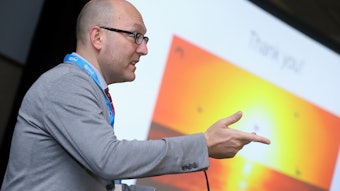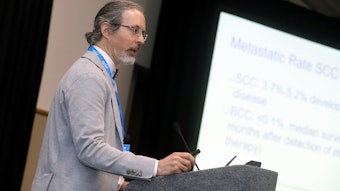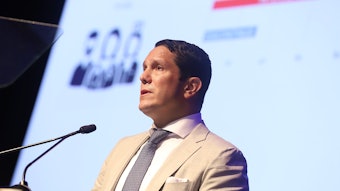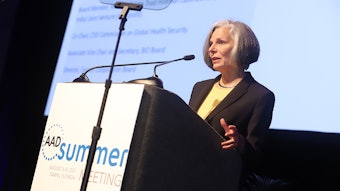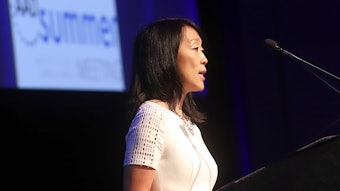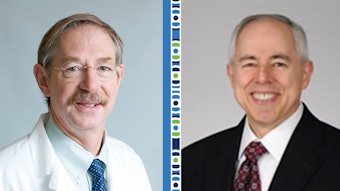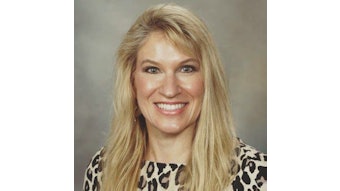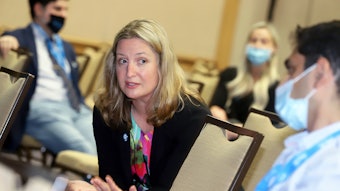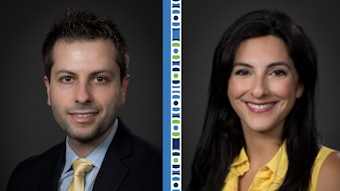Minimizing iatrogenic burden of atopic dermatitis
Treating AD without creating complications.
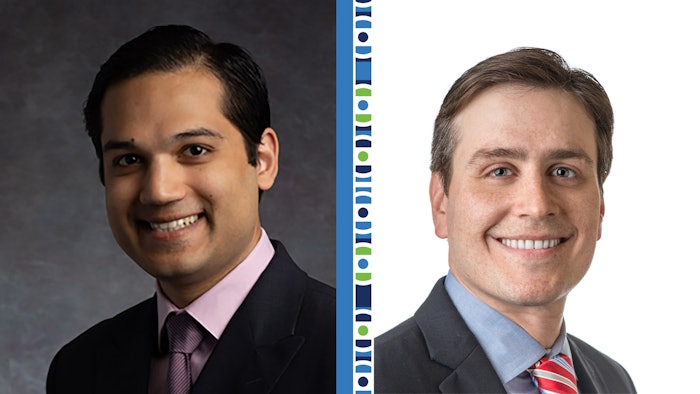
Current atopic dermatitis (AD) guidelines employ a step-up treatment approach using optimized basic skin care followed by prescription topical and systemic therapy. The sum of these efforts may result in iatrogenic burden, such as morbidity caused by medical treatment, and may actually worsen the patient burden of AD.
“Iatrogenic burden refers to complications or ill effects that result from medical examination or treatment,” said Raj Chovatiya, MD, PhD, FAAD, assistant professor of dermatology at Northwestern Medicine Feinberg School of Medicine, who will be leading the session “Addressing the Iatrogenic Burden of Atopic Dermatitis,” along with co-director Jonathan I. Silverberg, MD, PhD, MPH, FAAD. “In the case of AD, this iatrogenic burden involves treatment plans that are more burdensome to patients than their signs and symptoms," Dr. Chovatiya said. "Examples include non-evidence-based care or even well-meaning, evidence-based recommendations that are impractical and detrimental to quality of life.”
Dr. Chovatiya pointed to new research that has expanded the armamentarium of treatments as well as our understanding of the immense patient burden associated with AD and its management. “This session will put it all together and introduce practical, everyday strategies that can improve clinical care and make life better for AD patients,” he said.
During this interactive session, the panel will pinpoint key areas that clinicians can minimize this burden. Walking through the current AD treatment paradigm, the speakers will review a therapeutic strategy consisting of step-up, step-down and maintenance approaches in order to reduce treatment burden and improve quality of life in AD.
“AD can be challenging to manage. However, much of the iatrogenic burden associated with AD can be addressed with effective communication and evidence-based shared decision-making,” Dr. Chovatiya said.
CME Credit 1.00
